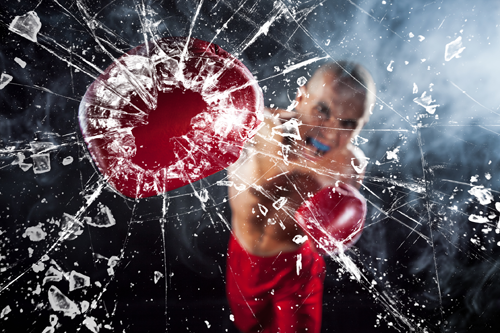Choosing the Best Marketing Images

There's no denying the impact that visual content has on marketing campaigns, from a company's blog and social media posts to their display and print advertising.
While including images and graphics in marketing material is vital to increase interest, Dreamstime Content Strategist Carmen Pietraru believes marketers must be strategic and careful when choosing photos. Pietraru provides five tips below on the best types of photos to elevate marketing campaigns.
Use images to tell the story.
Today's mobile-focused attention spans are very short. Branding campaigns need either short written content or simple yet powerful images in order to have any impact on Web browsing customers. Think of Instagram, where a small caption takes a backseat to the image. A strong image can make a big impact especially if they are "risky" or emotionally powerful and make contextual sense with the brand. You want an image that elicits conscious and subconscious feelings.

Capture authenticity.
You'd be hard pressed to find an advertising campaign that doesn't tout its product as "authentic" or "genuine." Companies insist the look, feel, craftsmanship, and other attributes of their product or service are what develops this genuineness.
Capturing authenticity in images is difficult because it's a feeling, and is subjective for each viewer. However, you should always focus on capturing real people engaged in real activities. Stock photos of people laughing hysterically during a conference call simply won't work. You need more authentic moments of a kid bouncing a basketball or a hungry person on their lunch break slurping udon noodles. Shots that capture moments evoke more authenticity than staged images.

Understand the audience's perspective.
Consider your audience when picking images. What do they expect in their daily lives, and how does your product fit into it? They may have an actual need for your product, but how can you encourage the actual purchase.
To drive people to certain actions on a site you need supporting imagery that suits their tastes and likes. Think about what type of images get the most retweets or shares - it's often funny memes, kittens, babies, traveling, people and food. Pick the right type of imagery for your audience, don't be afraid to take risks, and then align the image within the context of what you are selling.

Don't shy away from highly ranked images.
Within stock image libraries, some images are more popular for good reason. They likely are technically strong and conceptually evoke emotions and can fit multiple campaigns. You don't want to pick an overused image, but also shouldn't automatically shy away from more popular (but effective) content, especially when it's bright and clean.

Make the images personal.
Stock images are by definition generic. That doesn't mean you can't find some stunning and memorable content, it's simply stating they are generic in terms of personalization. After purchase, make the image your own by perhaps Photoshopping out a certain element, or adding your brand logo in a surprising place. You can also brighten or overexpose the colors for a bolder look.

Tips provided by Carmen Pietraru of Dreamstime, a global stock photography agency.

Subscribe to Our Newsletter!
Latest in Marketing








